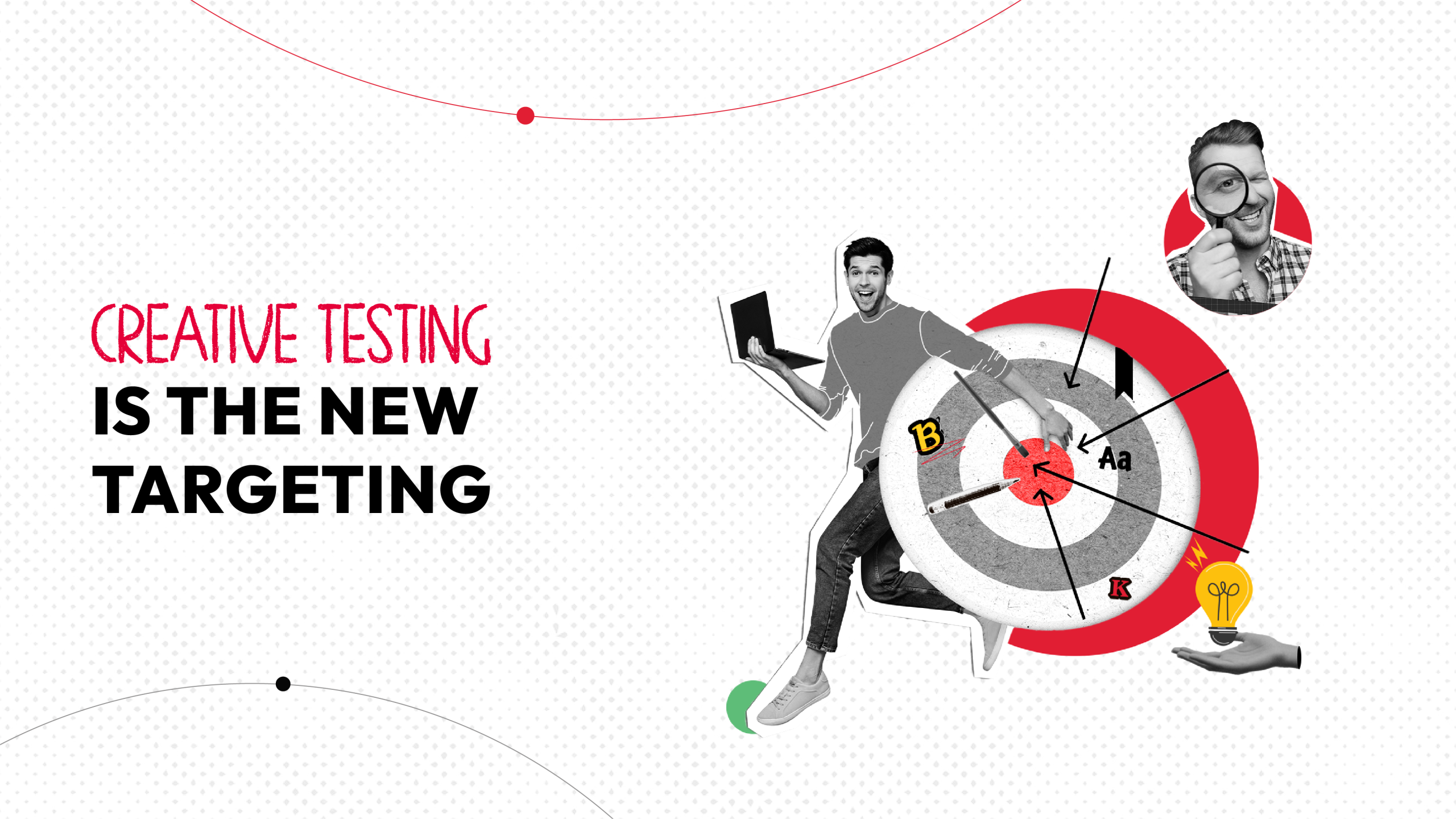Creative Testing Is the New Targeting

For years, performance marketers have relied on targeting to deliver results. And to be fair, it worked beautifully. The right audience, at the right time, with the right message was the mantra of digital success.
But the game has evolved. Platforms are now intelligent enough to handle most of the audience work on their own, and privacy updates have changed how data is used. The competitive advantage no longer lies in who you reach, but in how your message makes people feel. That’s where creative testing takes center stage.
Creative testing isn’t a buzzword; it’s the backbone of modern performance marketing. It’s how brands uncover what actually drives action, not just attention.
Great targeting ensures your ad lands in front of the right people. But great creative makes them stop, watch, and care. That’s the real conversion catalyst.
Creative testing is a structured process of experimenting with different ad concepts such as headlines, visuals, hooks, and calls to action to understand what resonates most deeply with your audience. Instead of relying on assumptions, you use data to reveal emotional triggers and patterns in response. It’s about turning creative intuition into measurable insight.
When done right, creative testing transforms marketing into a cycle of continuous learning. Each variation teaches you something about your audience’s motivations, desires, and attention triggers. Over time, this builds a feedback loop that not only sharpens your creative strategy but also strengthens how your campaigns perform across every platform.
The reason creative testing has become so essential is simple: the playing field has leveled. Every brand has access to the same targeting capabilities. Algorithms like Meta’s Advantage+, Google’s Performance Max, and TikTok’s Smart Optimization handle delivery automatically. They’re powerful, but they also make differentiation harder because everyone can reach the same people.
That’s why creative is now the defining performance lever. It’s the part of your marketing that speaks to psychology, not just demographics. It’s what triggers curiosity, builds trust, and drives emotion. The algorithm may decide who sees your ad, but your creative decides what they do next.
Strong creative also feeds the algorithm with better data. High-performing ads send positive engagement signals such as better click-throughs, longer watch times, and higher conversion rates, which help the platform learn faster and deliver your ads more efficiently. Creative testing doesn’t just make your content stronger; it makes your targeting smarter.
Creative testing doesn’t have to be complicated, but it does have to be consistent. It’s about developing clear hypotheses, producing focused variations, and learning from the data that follows. Each test reveals something new about your audience and sharpens how you communicate with them. Over time, it becomes a rhythm of learning and refining, leading to more efficient spend, stronger engagement, and sustainable growth.
This is the quiet revolution happening in performance marketing. The most successful brands aren’t pouring their energy into hyper-detailed audience filters or endless optimization tweaks. They’re mastering the craft of testing, learning, and evolving their creative.
Targeting still plays its role; it ensures reach and relevance. But creative testing gives your marketing soul and momentum. It’s where data meets storytelling, and where strategy meets empathy.
In the end, the ads that convert are the ones that connect. And connection doesn’t come from an algorithm. It comes from understanding your audience.
Read More Articles :
